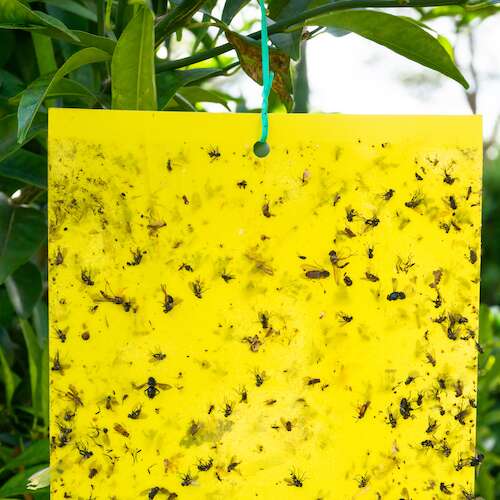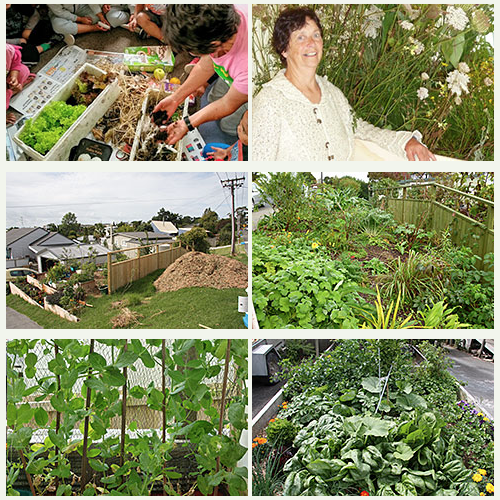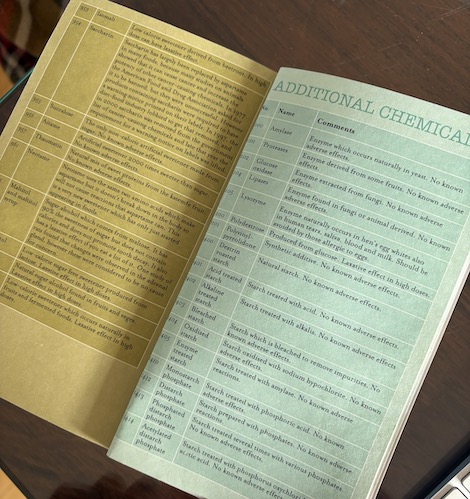This week’s guest blogger is Soulistic aromatherapist Stacey who provides our beautiful essential oil scented soy candles and pulse points.
If you’re heading north of Auckland and would like some hands-on advice or to try some of her gorgeous products pop into her shop at 2 Bruce MacGregor Lane, just along from the Puhoi Cottage Tea Room and before you get to Puhoi Valley Cheese Company.
Although the term ‘Aromatherapy’ has only really been used since the 20th Century, the use of essential oils for various purposes – including medicinal, pharmacology, perfumery and cosmetology – goes back thousands of years, as far as the Ancient Egyptians.
Aromatherapy, today, is described as the ‘systematic use of plant essential oils for therapeutic purposes.’ Essential oils, that are extracted from aromatic plants, have properties which can trigger healing effects in the body. As a complementary therapy, aromatherapy is used to help people restore their health and wellbeing, naturally encouraging the body to heal itself.
If you visit an aromatherapist the main treatment will usually comprise of a full body massage, using essential oils diluted in a vegetable base oil. There are also various safe and effective self-care techniques that you can use at home. So, how do you get started?
How does Aromatherapy work?
Whilst many people think that the ‘massage’ element is the main event when they go for an Aromatherapy treatment, it is more about choosing the best essential oils and allowing them to work their magic. It is the power of the essential oils that is key: the massage therapy simply creates an environment that allows the oils to work at their best, with the help of trained professionals. However, this doesn’t mean that beginners can’t use essential oils at home; you can – the art is just in selecting the most appropriate oils and using them safely to create the desired effects.
There are two ways that essential oils can enter the body to create an effect: they can either be absorbed through the skin or inhaled through the nose. Through the skin, the molecules enter through the hair follicles, sweat glands and fat molecules on the skin, entering your lymphatic and blood systems to get circulated around your body, going to the places they are needed most. Inhaling an essential oil gets the essential oil molecules into your body via your olfactory system (sense of smell) and limbic system (the emotional part of your brain) – going to the brain and your respiratory system. Once in the body, they work their way to where they are needed and where they can begin to trigger healing: in a similar way to how taking a pain-relieving tablet works.
How to use essential oils
There are many ways to use essential oils at home including:
Self-massaging into the skin – mix first with a base product such as a carrier oil Use 4 drops of essential oil per 10ml of base.
Vaporisation – place a few drops of oil in either aromatherapy burner or diffuser.
Cold or hot compress – immerse a cotton cloth or sponge into a bowl of water with a few drops of essential oils, wring out and apply to the affected area (use cold for swelling post injury and hot for stiff joints or muscle tension).
Bathing – mix up to 8 drops of essential oil with some full-fat milk or carrier oil and add to your bath water
Spritzes – mix essential oils with hydrolatsor water – mix 20-30 drops of oil per 100ml of hydrolat/water.
Inhalation – lean over a bowl of steamy water containing essential oils or sniff a drop or 2 from a handkerchief.
You can mix different oils together – this is called a ‘blend’. Usually, it is best to select oils which smell nice when mixed together – you can test this by putting the bottles together and sniffing the tops to see if the scents complement each other. We typically use no more than three essential oils at a time so as not to overload the body.
The most important thing to remember is NEVER apply essential oils neat on the skin – they must always be diluted.
Generally, when applying to the body, try mixing a blend with a ratio of up to 4 drops (total) of essential oils in 10ml of base / carrier oil, or reduced to 1 drop of one oil in 5ml of base / carrier for the face. Reduce this if using on someone more vulnerable, such as the elderly, children or where there are specific medical conditions.
Choosing your essential oils
Having discussed the many ways we can get the oils into your system, how do we know which oils to use? Firstly, it is important to think about your objectives for using essential oils. Are you hoping to become more relaxed? Are you wanting to sleep better? Do you feel like you need reviving with a boost to your immune system? Are you wanting to detox? Do you have congestion following a cold? Are you in need of an antiseptic? Do you need uplifting? Are your hormones in need of balancing? There are different essential oils for all these different things; some of them working on several ailments at once.
Whilst this can seem confusing, the best advice for oil selection is to test which scents you like the smell of, because the ones your body needs tend to show themselves as the ones you like! This can change daily depending on your healing needs at the time. On our website, you can read a description of the scent and learn more about the properties of the oils and their therapeutic effects. Check out the ‘Safety Notes’ before you use them and check with your GP if you are pregnant or have more serious conditions such as epilepsy or blood pressure problems.
The thing to check is that the essential oil is excellent quality and pure, and not a synthetic fragrance: this is where most people get confused. Essential oils are extracted from a single botanical source by distillation or expression; they are pure plant extract. This is what gives them their powerful therapeutic benefits – it is no good using synthetic fragrance oils.
Your basic essential oils
There are three different categories of oils: top notes, middle notes and base notes. Generally, top notes are more stimulating, uplifting and refreshing and base notes are more sedating and relaxing, though this is not always the case. Whilst not always strictly accurate, another good general guide to this is that citrus oils (Lemon, Lime etc) can often be top notes, uplifting and stimulating, whereas floral oils (Lavender, Jasmine, Ylang-Ylang, Rose etc) are more middle to base notes and more relaxing.
Soulistic offers a few kits which contain a selection of the most useful and popular oils. Ultimately you can select whichever oils you like. Whichever you go for though, remember these essential tips for beginners:
Use pure, therapeutic essential oils
Build up a kit of some basic oils and base products (carrier oil, lotion etc)
Think about your purpose for using them – which therapeutic effects are you trying to create?
Select the oils you like the smell of on the day and the ones that support your therapeutic objectives
Smell-test your oils to check that they will still smell appealing when blended together
Try all the various inhalation and absorption techniques detailed above and see which works best for you
Anyone can have a go – it’s simpler than it sounds. Just get blending, listen to your body, be guided by your nose and enjoy.
Stacey from Soulisitc.







About The Author: Triona
More posts by Triona